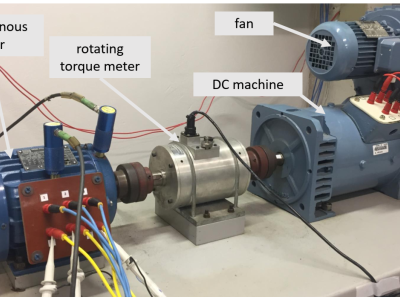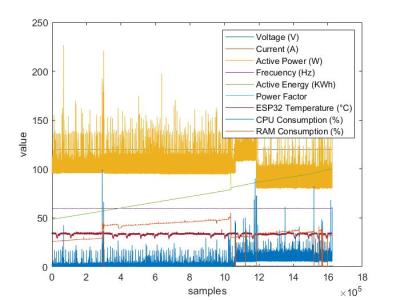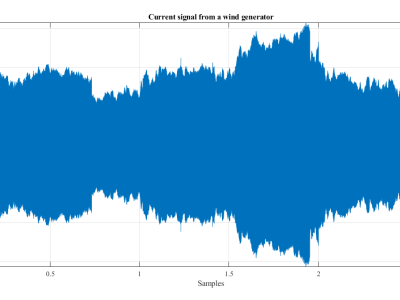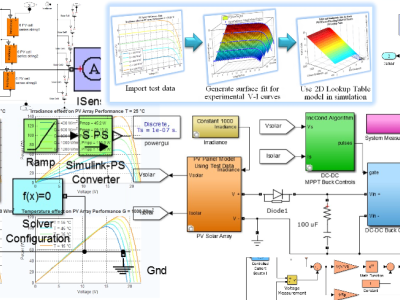A High-Power Modular Radio Frequency Converter with Wide-Range Power Regulation Under ZVS Operation

- Citation Author(s):
-
Wang Jingtao
- Submitted by:
- Wang Jingtao
- Last updated:
- DOI:
- 10.21227/g3qc-vr72
 36 views
36 views
- Categories:
- Keywords:
Abstract
Radio frequency converter (RFC) is widely used in the semiconductor manufacturing industry, which requires high power, high efficiency, and a wide power regulation range. To fulfill these demands, this paper proposes efficient modular power amplifiers (PAs), where multiple RFC modules are constructed using full-bridge class-D PAs. The constant-current output characteristics of individual modules and the system-level power delivery capability are comprehensively analyzed. Additionally, a hybrid modulation strategy combining module number adjustment and DC voltage control is proposed to achieve wide-range power regulation without requiring auxiliary circuits. A 3-kW four-module RFC prototype is implemented and tested at 400 kHz. Experimental results demonstrate an extended output power range from 100 W to 2.8 kW with a peak efficiency of 93.7%, accompanied by low output current harmonic distortions. The findings validate the superior performance of the proposed architecture in practical applications
Instructions:
Radio frequency converter (RFC) is widely used in the semiconductor manufacturing industry, which requires high power, high efficiency, and a wide power regulation range. To fulfill these demands, this paper proposes efficient modular power amplifiers (PAs), where multiple RFC modules are constructed using full-bridge class-D PAs. The constant-current output characteristics of individual modules and the system-level power delivery capability are comprehensively analyzed. Additionally, a hybrid modulation strategy combining module number adjustment and DC voltage control is proposed to achieve wide-range power regulation without requiring auxiliary circuits. A 3-kW four-module RFC prototype is implemented and tested at 400 kHz. Experimental results demonstrate an extended output power range from 100 W to 2.8 kW with a peak efficiency of 93.7%, accompanied by low output current harmonic distortions. The findings validate the superior performance of the proposed architecture in practical applications








